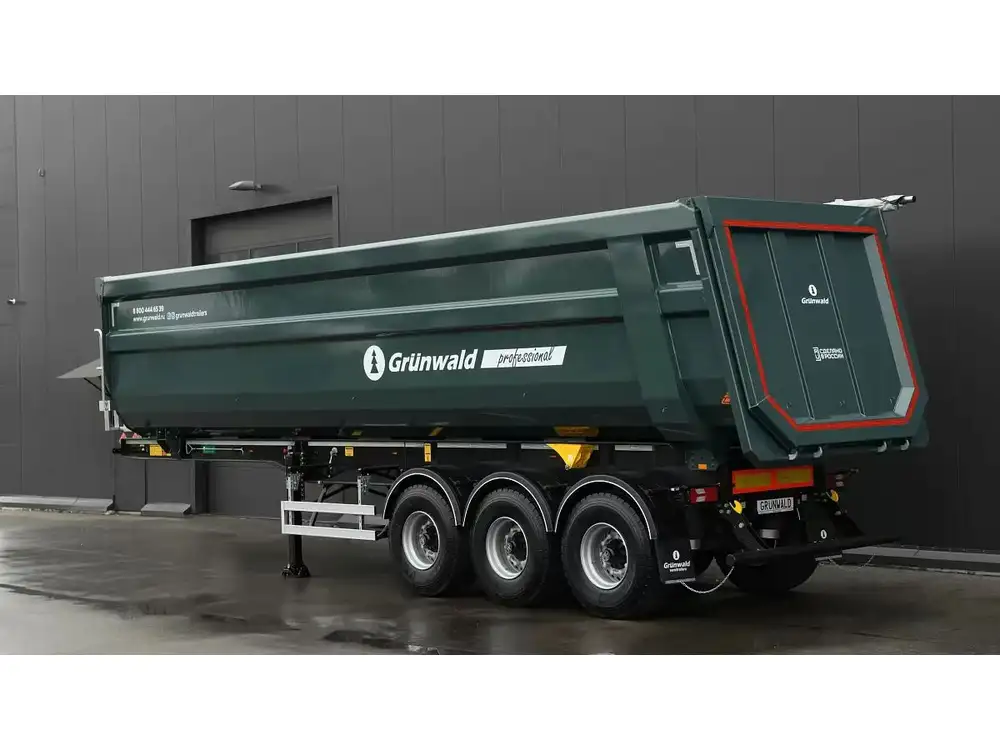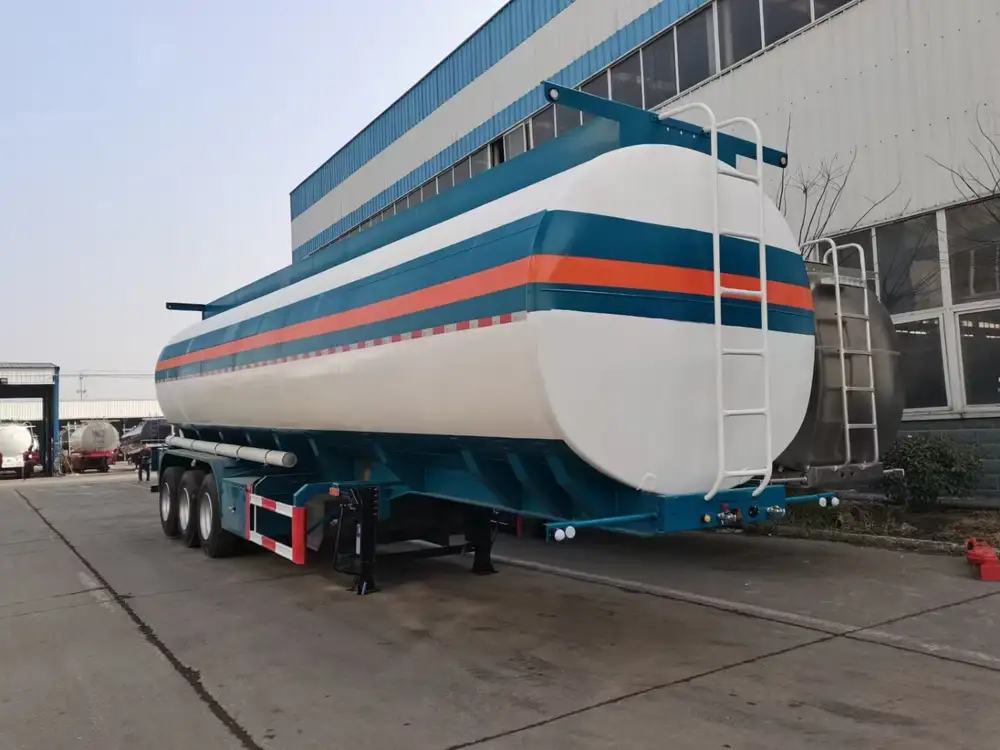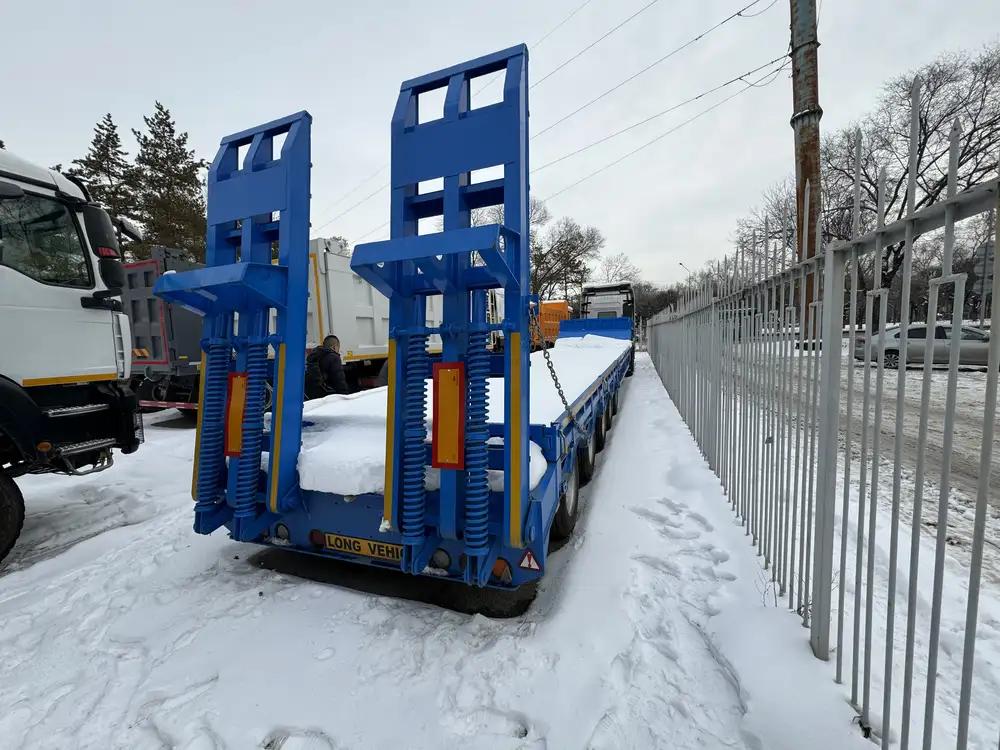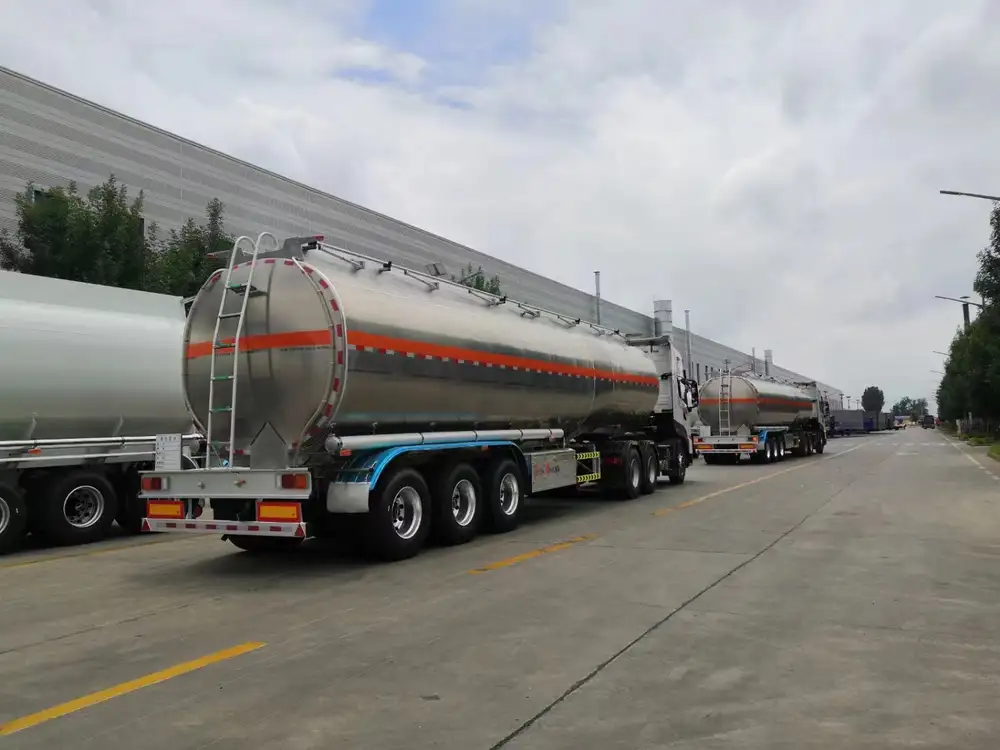Building a flatbed trailer can be an engaging and rewarding project, whether you need it for hauling goods, transporting vehicles, or serving other purposes. In this comprehensive guide, we will walk you through the entire process, providing the necessary steps, materials, and tips that will allow you to create your very own flatbed trailer.
Understanding the Basics of Flatbed Trailers
Before diving into construction, it’s essential to grasp some fundamentals about flatbed trailers. These trailers are exceptionally versatile and can carry a wide range of cargo due to their open design. Key features include:
| Feature | Description |
|---|---|
| Flat Deck | A flat surface for loading and unloading various items |
| No Sides | Open design for flexibility in cargo types |
| Axles | Usually equipped with either one or multiple axles for balance |
| Weight Capacity | Ranges depending on the trailer’s materials and design |
Common Uses of Flatbed Trailers
Flatbed trailers are employed in various industries. Here are some common applications:
- Construction: Hauling machinery, lumber, and building materials.
- Agricultural: Transporting farm equipment and large crops.
- Automotive: Moving vehicles or parts that require a flat surface.
- Logistics: Facilitating the transport of goods in bulk.
- Recreational: Carrying boats, ATVs, or trailers used for camping.

Planning and Preparing for Construction
Step 1: Design Your Flatbed Trailer
The first stage of building a flatbed trailer is design. The design will dictate dimensions, materials, and weight capacity. Consider the following:
- Size: Determine how long and wide you want your trailer to be, taking into account local regulations and intended use.
- Weight: Calculate the maximum weight the trailer needs to carry, which will influence the materials you select.
Step 2: Gather Materials and Tools
After finalizing your design, gather the necessary materials and tools. Here’s a comprehensive list:
| Materials | Specifications |
|---|---|
| Steel Frame | 3″x3″ square tubes for the main frame |
| Decking Material | 2″x6″ treated wood or steel decking |
| Axles | Rated for the trailer’s weight capacity |
| Wheels & Tires | Ensure compatible with axle specifications |
| Lighting Kit | LED lights for visibility and safety |
| Safety Chains | Rated for trailer weight |
| Paint or Coating | Durable finish to prevent rust |
| Tools | Usage |
|---|---|
| Welding Machine | For joining metal parts |
| Angle Grinder | To cut and smooth edges |
| Drill | For securing components with bolts |
| Tape Measure | For accuracy in measurements |
| Level | To ensure a straight and even deck |

Step-by-Step Construction Process
Step 3: Construct the Frame
Lay Out the Base: Using square steel tubes, create a rectangular frame according to your design dimensions. Utilize the tape measure to ensure accuracy.
Weld the Corners: After laying out the frame pieces, tack-weld the corners first, then securely weld them.
Add Cross Members: Install cross members within the frame for added strength and stability. Space them evenly according to your decking material.
Step 4: Attach the Axles
Determine Placement: The placement of axles affects balance and stability. Usually, axles are positioned forward of the center of the trailer.
Weld Axle Mounts: Weld the axle mounts onto the frame, ensuring they are level and even. Consider using a laser level for precision.
Install Axles: Attach the axles according to manufacturer specifications, ensuring they are firmly in place.

Step 5: Install the Deck
Lay Decking Material: Start laying your treated wood or steel decking across the frame. Ensure that it overlaps the edges slightly.
Secure the Decking: Fasten the decking material with screws or bolts at regular intervals to keep it firm and in place.
Finish Edges: Sand down any rough edges for a smooth finish.
Step 6: Install Lighting and Safety Features
Install Lights: Follow local regulations for lighting installation, positioning brake and turn signals at each rear corner.
Add Safety Chains: Securely attach safety chains to prevent accidental detachments while towing.
Finishing Touches

Step 7: Painting and Coating
Prepare Surface: Clean the trailer’s surface thoroughly, removing any debris or rust.
Choose a Quality Paint: Select an appropriate outdoor metal paint or coating to protect against rust and enhance its appearance.
Apply Paint: Use either a spray application for an even coat or a roller for larger surfaces. Allow adequate drying time before use.
Step 8: Conduct a Safety Inspection
Before utilizing the trailer, perform a comprehensive safety inspection. Check the following:
- Connections: Ensure that the hitch connects securely to your towing vehicle.
- Wheels and Tires: Inspect for proper inflation, wear, and corrosion.
- Lighting: Verify that all lights operate correctly.
- Decking: Assess the stability of the decking for any loose boards or structural weaknesses.
Additional Considerations

Weight Ratings and Legal Requirements
Understanding weight ratings is critical to safe operation. Ensure you adhere to local regulations regarding trailer size, weight limits, and necessary licensing. Here’s a simplified chart:
| Weight Rating | Maximum Load Capacity |
|---|---|
| Light | Up to 3,000 lbs |
| Medium | 3,001 lbs to 7,000 lbs |
| Heavy | 7,001 lbs and above |
Maintenance Tips for Longevity
To ensure your flatbed trailer remains in good condition, implement regular maintenance practices:
- Inspect Tires: Regularly check tire pressure and tread wear.
- Lubricate Moving Parts: Periodically lubricate hinges and moving parts to reduce wear.
- Check Lights: Consistently test all lights and replace any burnt-out bulbs immediately.
Troubleshooting Common Issues
Every project has its unexpected challenges. Here are common problems you might encounter and their solutions:
| Issue | Solution |
|---|---|
| Wobbling Trailer | Check axle placement and ensure balance. |
| Poor Weight Distribution | Reassess loading practices and adjust cargo placement. |
| Corrosion on Frame | Regularly inspect and apply protective coatings. |
| Lights Not Functioning | Verify connections and replace faulty bulbs. |

Conclusion
Constructing a flatbed trailer is no small task, but with proper planning, the right materials, and a clear understanding of the process, you can create a sturdy and reliable trailer that serves your needs. Whether for work or recreation, a well-built flatbed trailer opens up a world of possibilities for transport and logistics.
Embrace the challenge, follow these steps meticulously, and soon, you’ll have a functional flatbed trailer that is not only a source of pride but a valuable asset for your hauling needs.



